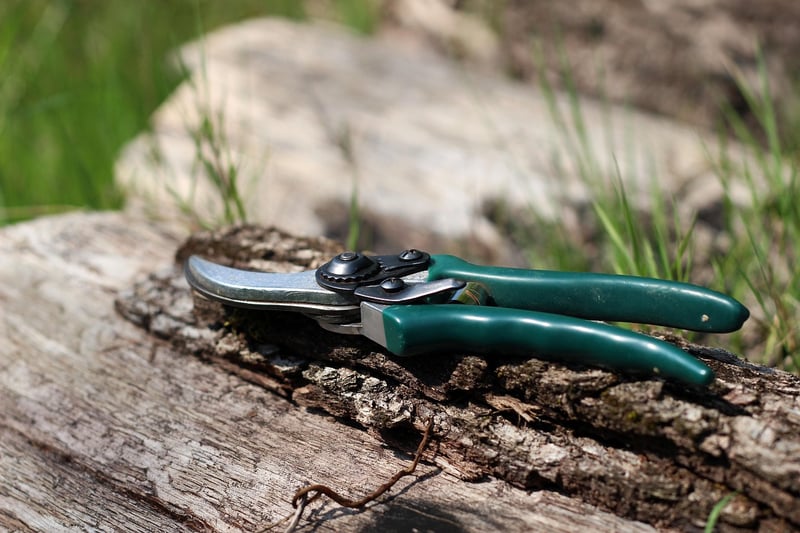Pruning Techniques
Keeping Your Garden Healthy + Pruning Techniques
Introduction
Welcome to our guide on keeping your garden healthy and mastering the art of pruning. A well-maintained garden not only enhances the beauty of your home but also provides a sanctuary for relaxation and enjoyment. In this article, we will explore essential tips and techniques to ensure your garden thrives throughout the year.
1. Soil Care
Healthy soil is the foundation of a vibrant garden. Ensure your soil is well-draining and rich in nutrients. Consider adding compost or organic matter to improve soil structure and fertility. Regularly test the pH levels of your soil to ensure it is suitable for your plants.
2. Watering Practices
Proper watering is crucial for plant health. Water your garden in the early morning to reduce evaporation and allow the plants to absorb moisture effectively. Be mindful not to overwater, as this can lead to root rot. Consider using a drip irrigation system for efficient watering.
3. Pruning Techniques
Pruning is essential for maintaining the shape, health, and productivity of your plants. Here are some key pruning techniques:
- Deadheading: Remove spent flowers to encourage new blooms and prevent seed production.
- Thinning: Remove excess growth to improve air circulation and reduce the risk of disease.
- Heading Back: Cut back overgrown branches to promote new growth and maintain the plant's shape.
- Crown Cleaning: Remove dead or diseased branches to enhance the overall health of the plant.
4. Pest and Disease Management
Regularly inspect your plants for signs of pests and diseases. Consider using natural remedies or organic pesticides to control infestations. Prune affected parts of the plant to prevent the spread of diseases.
5. Mulching
Applying mulch around your plants helps retain moisture, suppresses weeds, and improves soil health. Use organic mulches like wood chips or straw to provide nutrients as they break down.
Conclusion
By following these tips on soil care, watering practices, pruning techniques, pest management, and mulching, you can keep your garden healthy and thriving year-round. Remember that gardening is a journey, so take the time to observe and learn from your plants to create a harmonious outdoor space.

Explore our pruning tips for more in-depth techniques and advice.
